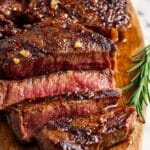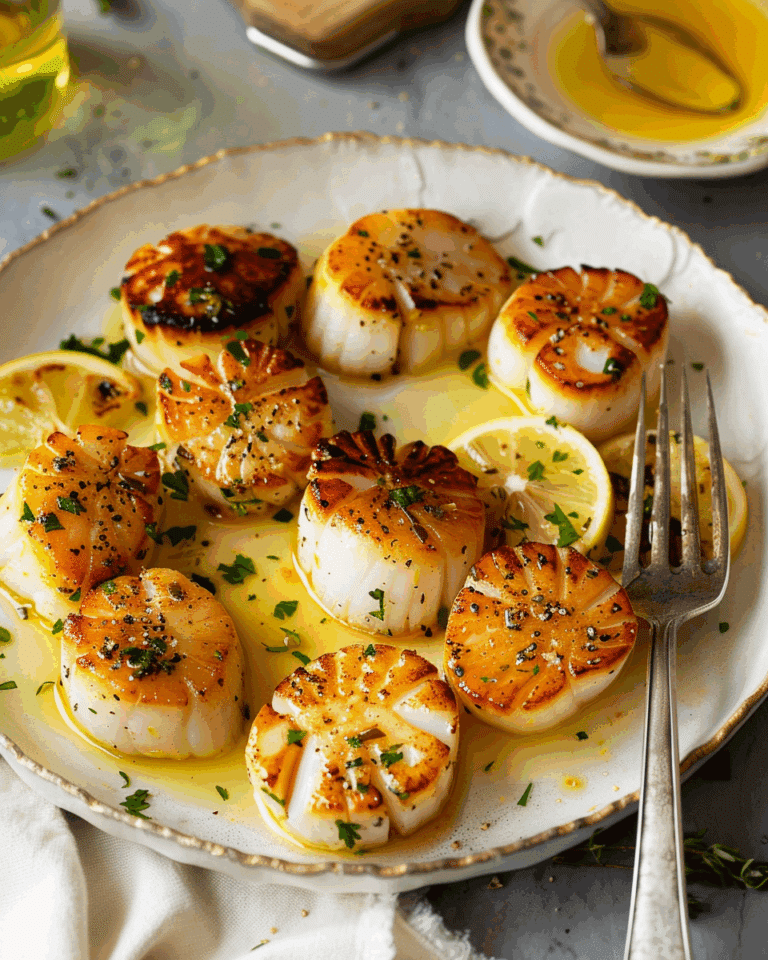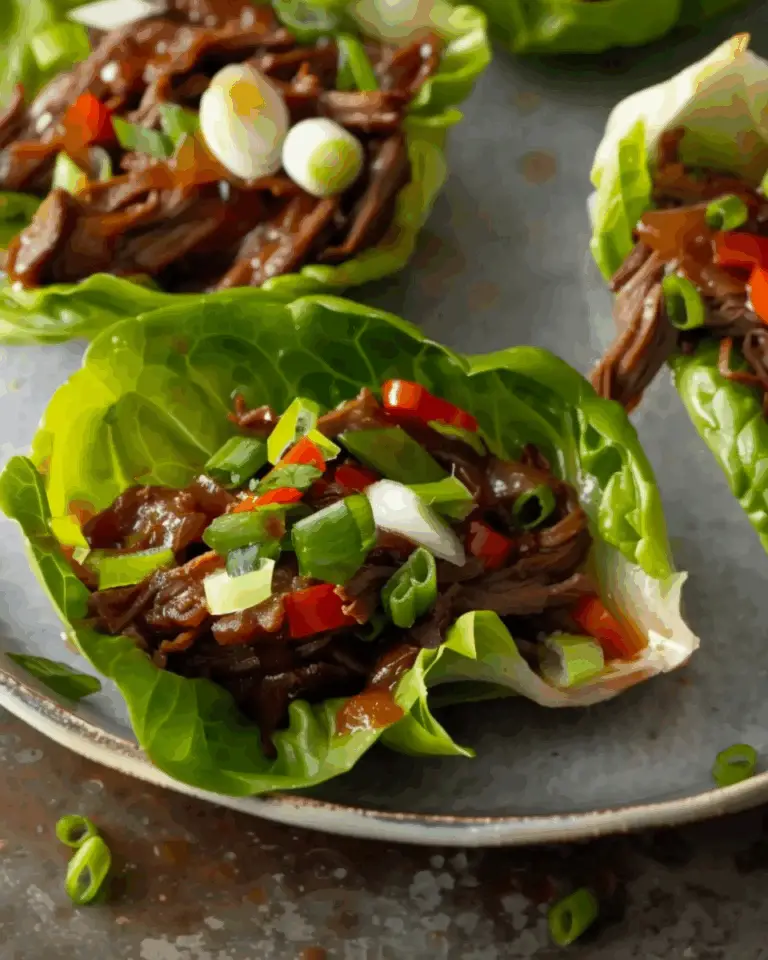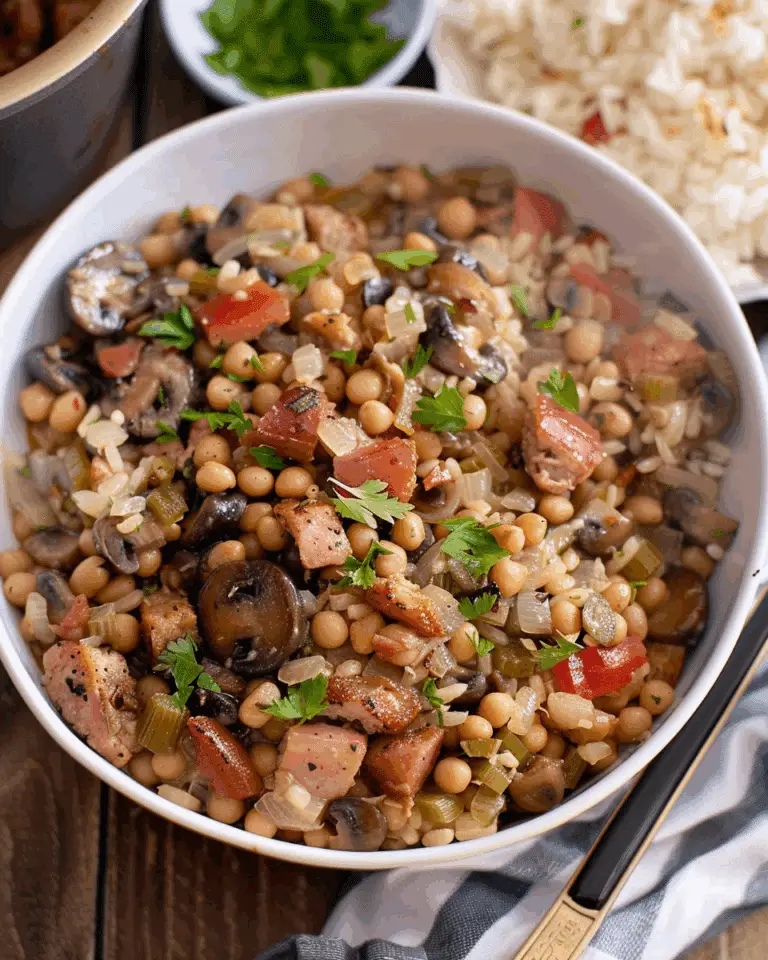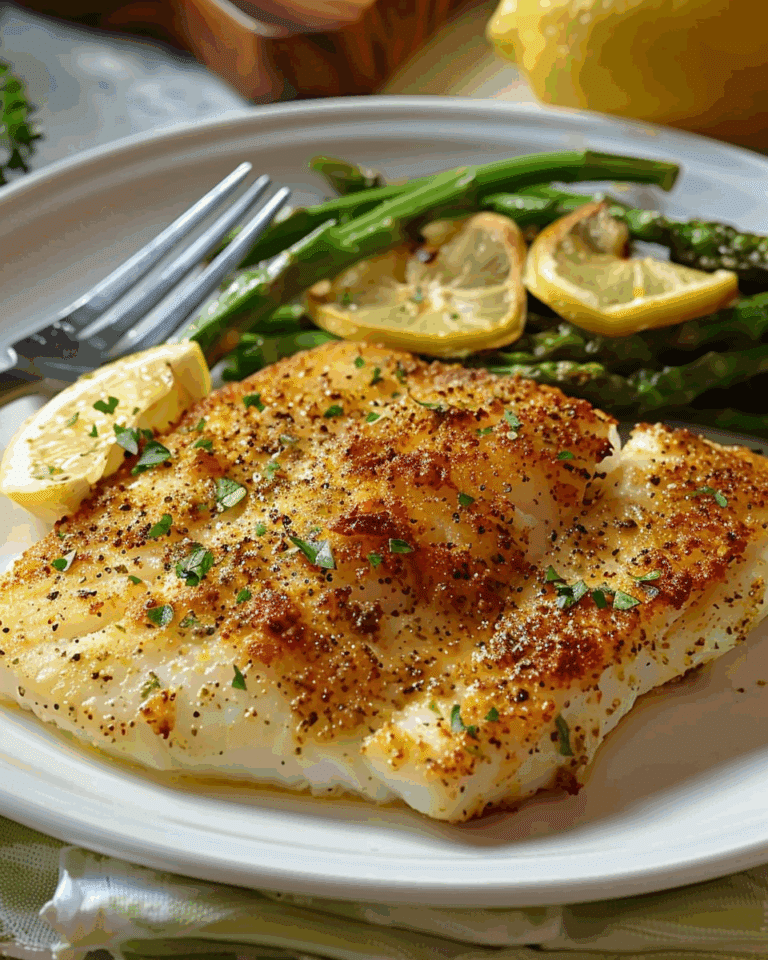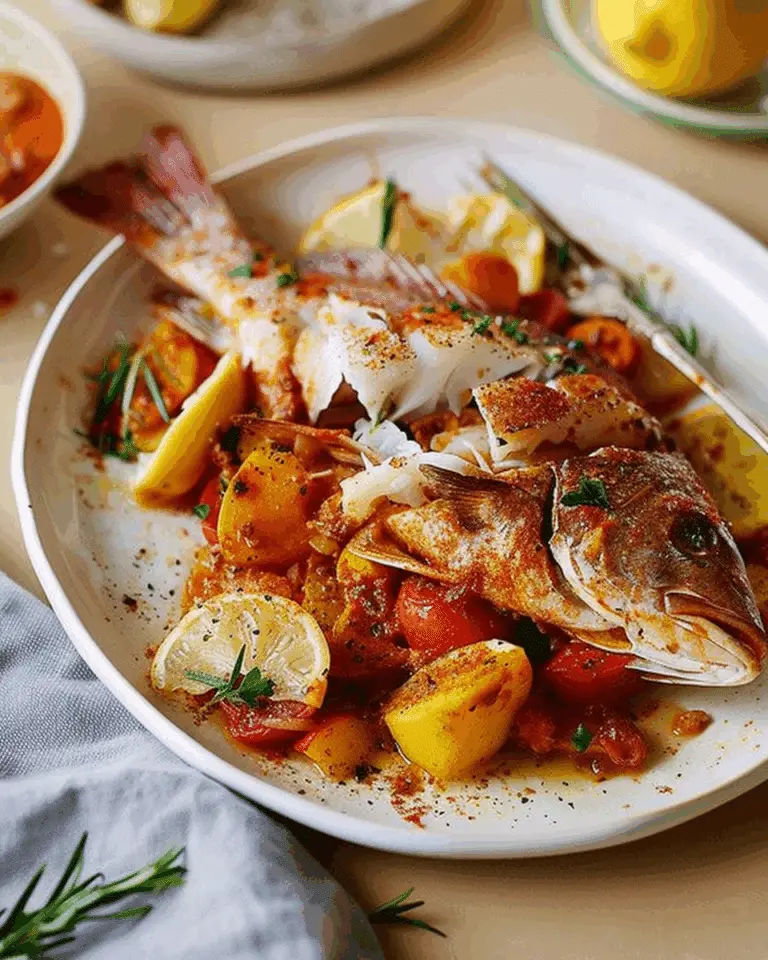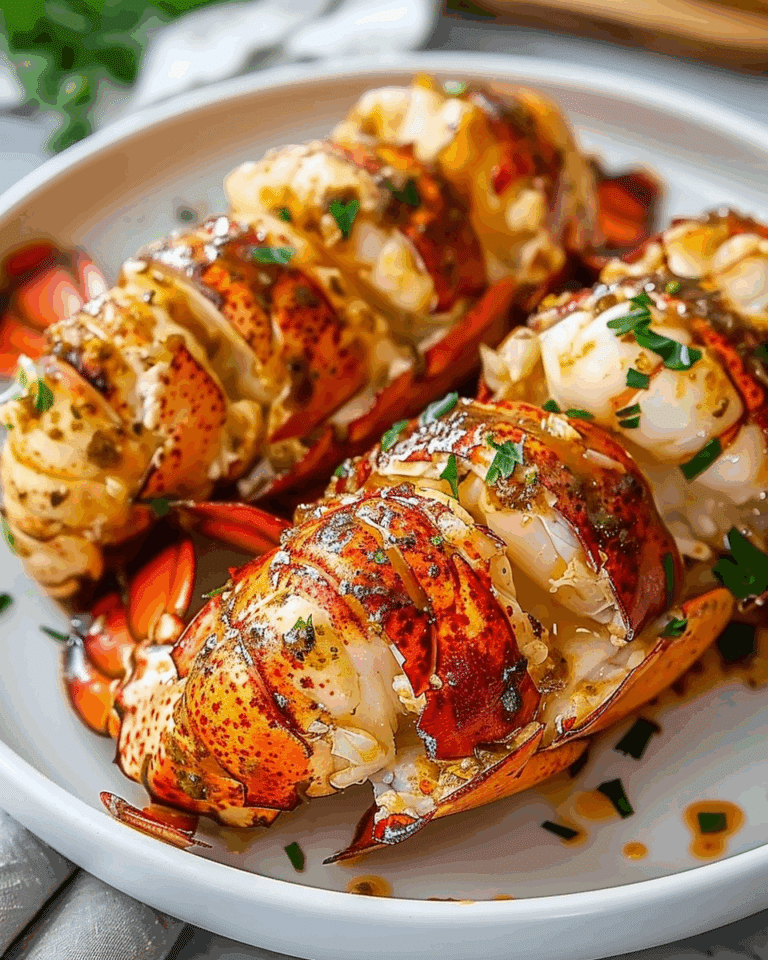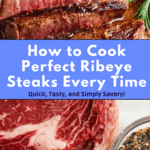If you have been searching for a truly special way to enjoy a hearty, flavorful steak, look no further than this Perfect Ribeye Steaks Recipe. This recipe celebrates the rich marbling and tender texture of ribeye, bringing out the full depth of flavor with a simple yet precise cooking technique. With just a few essential ingredients, you can achieve a steakhouse-quality meal that is juicy, perfectly seared, and absolutely unforgettable. Whether you’re treating yourself or impressing guests, this recipe will quickly become a favorite go-to for a luxurious dinner at home.
Ingredients You’ll Need
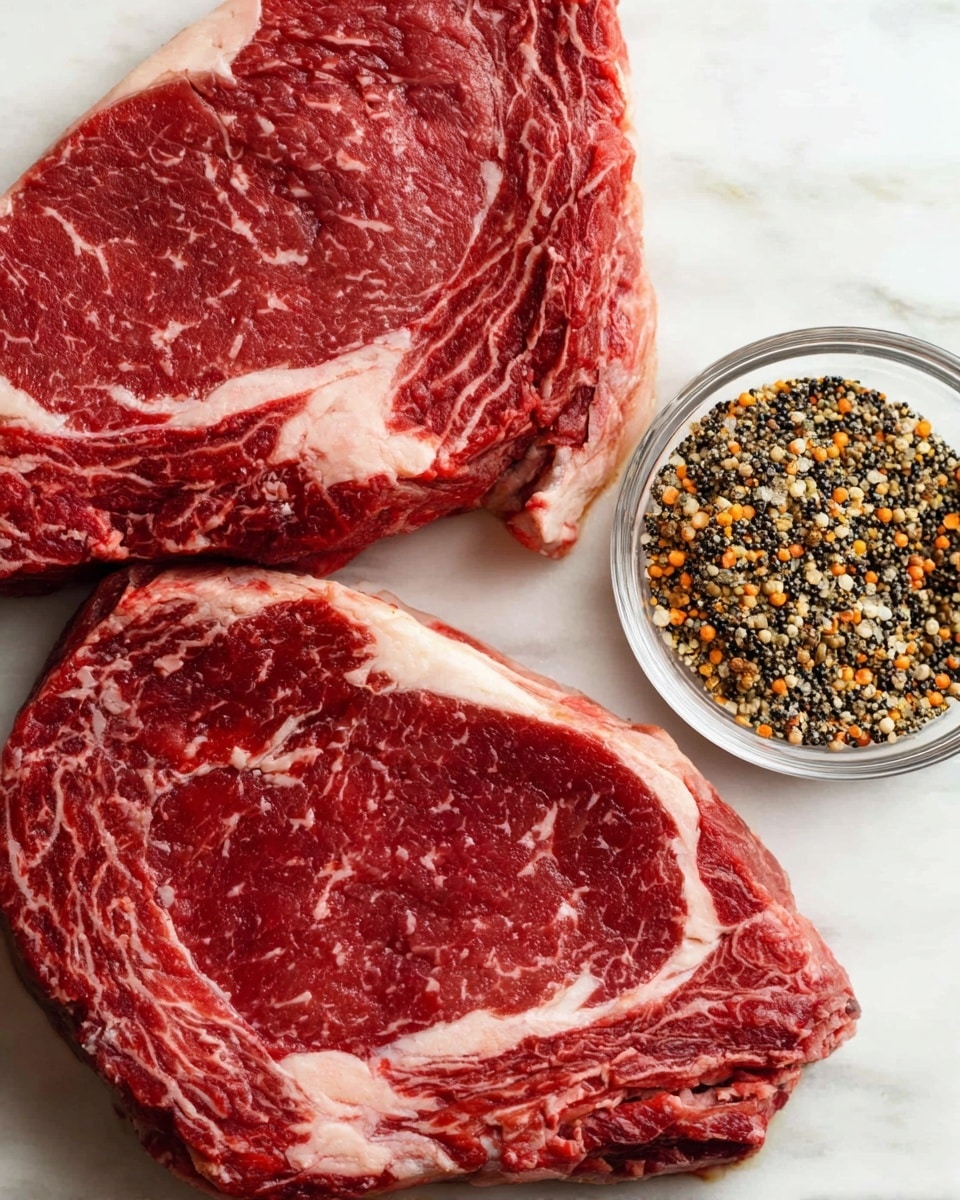
The beauty of the Perfect Ribeye Steaks Recipe lies in its simplicity. Each ingredient plays a crucial role in enhancing the natural flavor and texture of the steak without overpowering it. From the seasoning to the finishing butter, every element contributes to the final masterpiece.
- Ribeye Steaks: Choose 1-inch thick cuts for even cooking and optimal juiciness.
- Olive Oil or Vegetable Oil: A high smoke point oil helps create a perfect sear without burning.
- Steak Seasoning or Kosher Salt & Pepper: Enhances the natural beefy flavor with a simple, classic seasoning.
- Butter or Herbed Butter: Adds richness and a luxurious finish during the final basting stage.
How to Make Perfect Ribeye Steaks Recipe
Step 1: Prepare Your Steaks
Start by bringing the ribeye steaks to room temperature to ensure even cooking throughout. Pat them dry with paper towels to remove excess moisture which prevents a good sear. Season both sides generously with steak seasoning or kosher salt and freshly ground black pepper. This simple seasoning is what lets the ribeye’s natural flavors shine.
Step 2: Heat the Pan
Place a heavy skillet or cast-iron pan over high heat and add two tablespoons of olive or vegetable oil. Heating the pan until it’s shimmering hot is key—you want that intense heat to create the irresistible crust on your steaks.
Step 3: Sear the Ribeye
Once the oil is hot, gently lay the steaks away from you into the pan to avoid splatter. Leave them undisturbed for about 3-4 minutes so an even, caramelized crust can form. Flip the steaks and sear the other side for another 3 minutes. Remember, patience here leads to perfection.
Step 4: Add Butter and Baste
Reduce the heat to medium and add two tablespoons of butter or herbed butter to the pan. As the butter melts, tilt the pan and use a spoon to continuously baste the steaks with the melted butter. This step infuses the meat with rich flavor and helps keep it wonderfully moist.
Step 5: Check for Doneness and Rest
Use an instant-read thermometer to check for your preferred doneness—130°F for medium-rare is an excellent target. Once done, transfer the steaks to a plate and let them rest for at least 5 minutes. Resting allows the juices to redistribute, keeping each bite juicy and tender.
How to Serve Perfect Ribeye Steaks Recipe

Garnishes
A sprinkle of flaky sea salt or fresh chopped herbs like parsley or thyme can elevate your plate with added texture and visual appeal. A dollop of compound butter or a few roasted garlic cloves on top brings an extra layer of flavor that’s irresistible.
Side Dishes
Classic sides such as roasted potatoes, garlic mashed cauliflower, or a vibrant green salad beautifully complement the richness of the ribeye. Consider grilled vegetables or a creamy mushroom sauce for a truly balanced and indulgent meal.
Creative Ways to Present
Serve your ribeye steaks sliced thin across a board for an elegant sharing platter or stack slices with a layer of sautéed onions and melted cheese for a steak sandwich experience. Pair with a bold red wine or craft cocktail to take your presentation to the next level.
Make Ahead and Storage
Storing Leftovers
If you have any leftover ribeye, wrap it tightly in plastic wrap or place it in an airtight container in the refrigerator. It will stay fresh for up to 3 days and can easily be repurposed into sandwiches or salads.
Freezing
To keep your steaks longer, freeze them before cooking by sealing them well to avoid freezer burn. Once cooked, leftovers can also be frozen, but keep in mind the texture may change slightly upon reheating.
Reheating
Reheat your Perfect Ribeye Steaks Recipe gently in a low oven or on a pan over low heat with a splash of broth or butter to restore moisture. Avoid microwaving, as it tends to dry out the meat and compromise that perfect texture.
FAQs
What makes ribeye the best cut for this recipe?
Ribeye is prized for its marbling, which melts during cooking and infuses the meat with exceptional tenderness and flavor. This makes it ideal for a recipe that highlights a perfect sear and juicy interior.
Can I use other seasonings besides salt and pepper?
Absolutely! While salt and pepper are classic, you can add garlic powder, smoked paprika, or your favorite steak seasoning blend to add personal flair without overwhelming the natural beef flavor.
How do I know when the steak is cooked perfectly?
An instant-read thermometer is your best friend here. For medium-rare, aim for 130°F; for medium, 140°F. Touching the steak for firmness can help as you gain experience, but temperature is the most reliable method.
Is it better to use butter or oil for cooking steak?
Use oil to sear at high heat since it has a higher smoke point, then add butter later for flavor during basting. Butter adds richness but burns easily, so combining the two is the winning strategy.
Can I make the Perfect Ribeye Steaks Recipe on a grill instead of a pan?
Definitely! Grilling adds a wonderful smoky flavor and the same principles apply: start with a hot grill, season well, and finish with butter after cooking for that luxurious finish.
Final Thoughts
I cannot encourage you enough to try the Perfect Ribeye Steaks Recipe because it delivers flavor and satisfaction in every bite with simple ingredients and straightforward steps. Whether it’s a weeknight treat or your next celebration, this recipe will make you feel like a pro in the kitchen and leave your taste buds dancing. Enjoy every moment of the process and, most importantly, every delicious bite!
PrintPerfect Ribeye Steaks Recipe
This recipe guides you through preparing perfect ribeye steaks that are juicy, flavorful, and beautifully seared. Using simple ingredients like olive oil, steak seasoning, and butter, this method ensures a deliciously cooked steak that highlights the rich marbling and tenderness of the ribeye cut.
- Prep Time: 10 minutes
- Cook Time: 10 minutes
- Total Time: 20 minutes
- Yield: 2 servings
- Category: Main Dish
- Method: Frying
- Cuisine: American
Ingredients
Steak Ingredients
- 2 ribeye steaks, 1-inch thick
- 2 tablespoons olive oil or vegetable oil
- 1 tablespoon steak seasoning or kosher salt & pepper, or to taste
- 2 tablespoons butter or herbed butter
Instructions
- Prepare the Steaks: Remove the ribeye steaks from the refrigerator and let them sit at room temperature for about 20-30 minutes. This helps them cook evenly.
- Season the Steaks: Pat the steaks dry using paper towels. Rub both sides of each steak with olive or vegetable oil. Generously sprinkle steak seasoning or kosher salt and pepper on both sides, pressing gently to adhere.
- Heat the Pan: Preheat a heavy skillet or cast iron pan over medium-high heat until it is very hot, about 3-5 minutes. This is crucial for a good sear.
- Sear the Steaks: Place the steaks in the hot pan without overcrowding. Cook undisturbed for about 4 minutes on one side until a golden-brown crust forms.
- Flip and Add Butter: Flip the steaks and add the butter or herbed butter to the skillet. Spoon the melted butter over the steaks continually (basting) as they finish cooking for another 3-4 minutes for medium-rare doneness.
- Check for Doneness: Use a meat thermometer to check the internal temperature—130°F (54°C) for medium-rare, 140°F (60°C) for medium. Adjust cooking time accordingly if you prefer a different doneness.
- Rest the Steaks: Transfer the steaks to a plate and loosely cover with foil. Let them rest for 5-10 minutes to allow juices to redistribute.
- Serve: Slice against the grain if desired and serve immediately, optionally spooning reserved pan juices over the top.
Notes
- Allow steaks to reach room temperature before cooking to promote even cooking throughout.
- Use a cast iron skillet if possible for best heat retention and searing performance.
- Adjust steak seasoning to taste; kosher salt and fresh cracked black pepper are excellent simple choices.
- For an extra flavor boost, add garlic cloves and fresh thyme or rosemary to the butter when basting.
- Resting the steak before serving is crucial to retain juices and tenderness.
- If cooking thicker steaks, consider finishing in a preheated oven at 400°F after searing.
